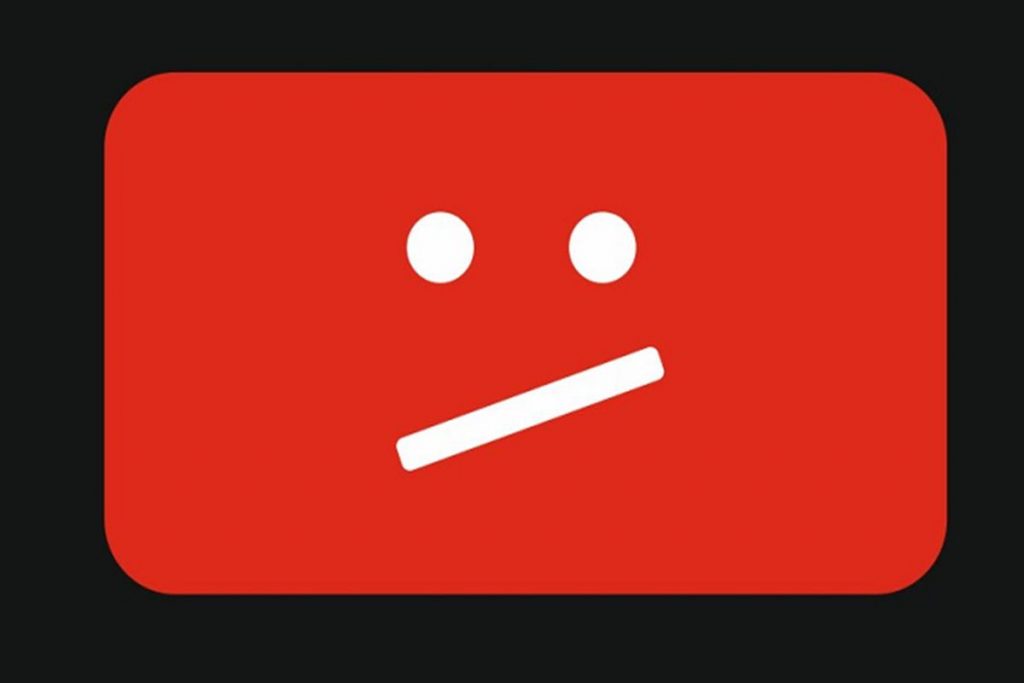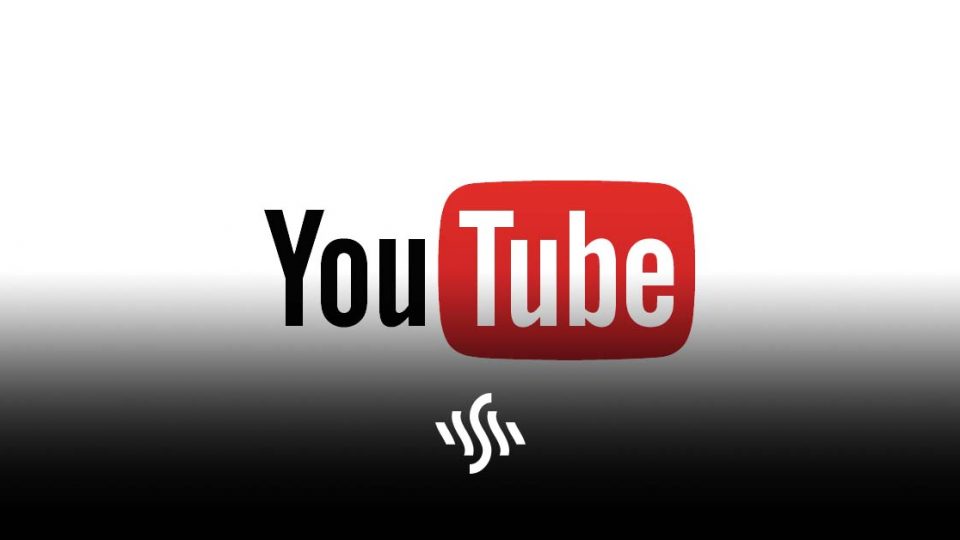What’s the Difference Between a Copyright Claim and a Copyright Strike?
A notification on your channel can be enough to make you panic, even just a little. Hopefully, this explanation of the difference between a copyright claim and a copyright strike on YouTube will keep you calm from now on!
In recent years, YouTube have taken feedback from creators on board and updated the way they deal with copyright. The site now offers clear policies, consistent enforcement, and transparency in copyright notifications.
What is a Copyright Claim?
A copyright claim comes from an asset that is live on YouTube’s Content ID system.
It uses the audio or visual asset to constantly search all YouTube videos. What is it searching for? A match to parts, or all of the audio or video.
Once a match is found, there are three options for the original content owner. Option one; the video can be blocked so that it’s no longer available for public view. Option two; it can be tracked and have the statistics/analytics monitored. Or, option three; it can be monetized, so the earnings go to the copyright holder.
Claims rarely result in videos being blocked. In the majority of cases the claim is tracked and monetized for the original owner.
Releasing a Copyright Claim
If you are an audio or visual creator, and you have used distributors like RouteNote to get your music onto the Content ID system, you may find that you receive a claim on content that you own.
This can be easily disputed either through your YouTube dashboard, or contacting your distributor to release the claim. Or you can leave the claim in place, and the distributor will monetize the YouTube video on your behalf for you to receive the earnings.
Similarly, if the above doesn’t apply but you feel the claim is incorrect, you can dispute this via your YouTube dashboard.
What is a Copyright Strike?

Of the two, strikes are the more serious notification one can receive. They are put in place to protect the original owners of material. Strikes are typically filed against a video by the true copyright holder, if the video in question contains material that doesn’t belong to the uploader, and they don’t have permission to use it. Strikes last for 90 days on a channel.
In many cases, strikes are issued to uploaders who are unknowingly violating copyright rules. Because of this, YouTube offers some leniency and understanding. If this is the case, then your first strike simply serves as a warning, and a way of educating you to the proper way of doing things. The offending video will then be blocked, and no strike will be placed against your channel.
Warnings will remain in place forever, but more serious action is taken if more violations occur within 90 days of one another.
- The first strike received after the initial warning will result in a one-week freezing of uploads.
- The second copyright strike within 90 days of the first strike applies a two-week freeze on uploads.
- The third strike within 90 days of the second strike will result in channel termination.
Appealing a Copyright Strike
If you feel you’ve unfairly been given a copyright strike, you have the option to appeal this within the video options from your YouTube dashboard.
How to Avoid Copyright Claims & Strikes
The best way to avoid content ID claims and strikes is to use original assets, or audio or visual assets that you have permission to use.
Synchedin offers a range of audio that you can use on any content, not only YouTube videos, but within Facebook, Twitch, Game Development & Publishing, Film Making or any private or commercial project that you have in mind.
